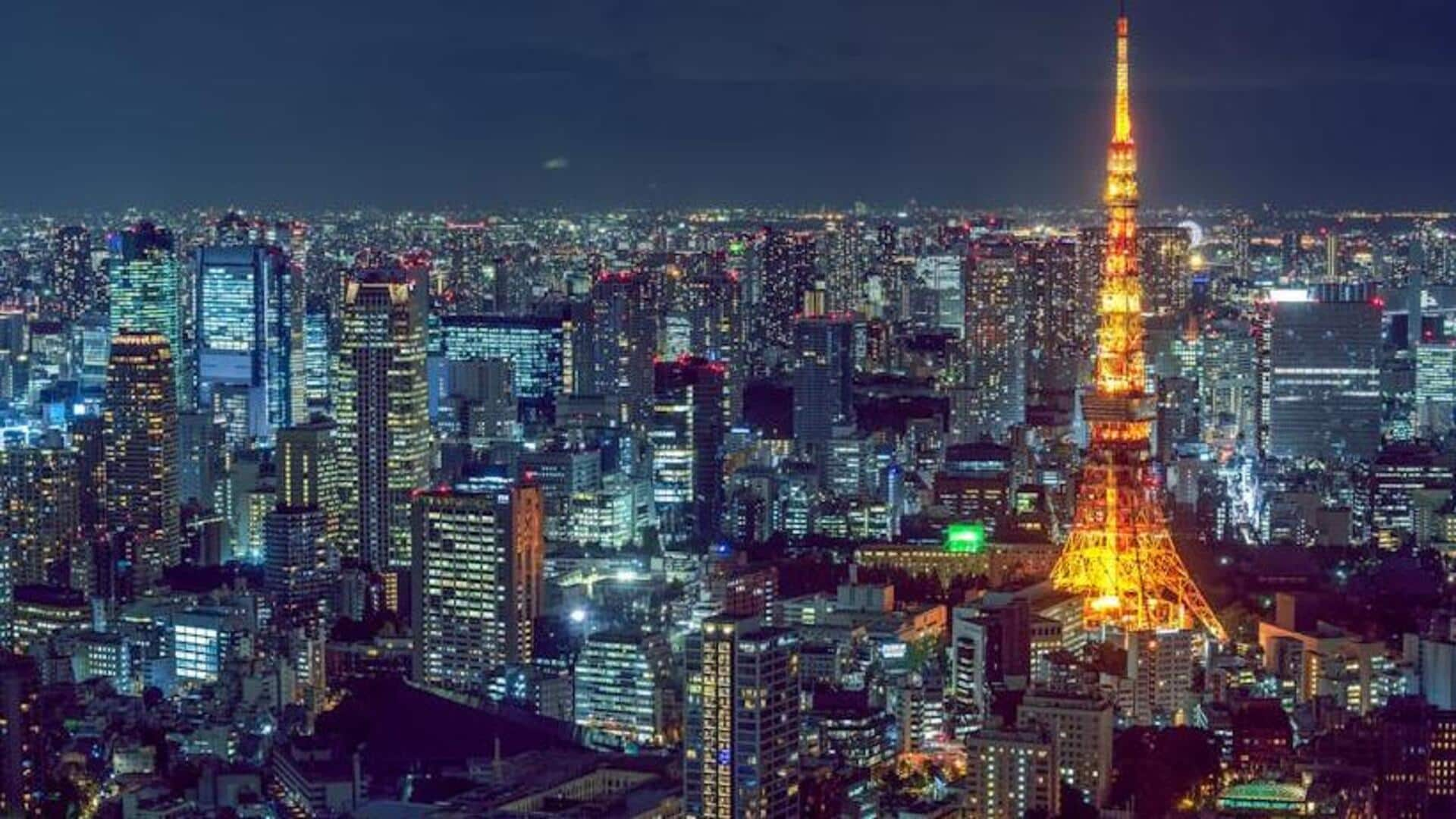
Celebrating Tokyo's festivals through the seasons
What's the story
Tokyo, a vibrant metropolis, uniquely blends traditional and modern experiences.
Throughout the year, the city buzzes with festivals that highlight its cultural depth and history.
From lively street parades to serene flower viewings, each season brings its own distinct celebrations.
These festivals offer deep insights into local customs and provide opportunities to participate in Tokyo's communal spirit, enriching understanding of its rich traditions.
Spring
Cherry blossom festivals in spring
Spring in Tokyo is marked by cherry blossoms, turning the city pink from late March to early April.
Hanami, or flower viewing, is popular in parks like Ueno and Yoyogi.
People enjoy gatherings under cherry blossom trees with food and friends, embracing the transient nature of life symbolized by the fleeting blossoms.
This season reflects both beauty and the ephemeral aspects of existence.
Summer
Summer fireworks festivals
Tokyo's summer is illuminated by "Hanabi Taikai," grand fireworks festivals held along rivers and bays in July and August.
The Sumida River Fireworks Festival is especially renowned, featuring over 20,000 fireworks.
It's a time of joyous celebration as families and friends, clad in traditional yukatas (summer kimonos), gather to enjoy street food while watching the night sky brilliantly light up with dazzling fireworks displays.
Autumn
Autumn's cultural festivities
Tokyo's autumn, with leaves turning fiery reds and golds in October and November, celebrates its culture with festivals like the Kanda Matsuri at Kanda Shrine, featuring elaborate processions through central Tokyo biennially.
The Meiji Shrine's Autumn Grand Festival, showcasing traditional arts such as Noh theater and martial arts demonstrations, occurs annually.
These events highlight Japan's cultural heritage against autumn's vibrant backdrop.
Winter
Winter illuminations magic
Tokyo transforms from November to February with winter illuminations.
Districts like Roppongi Hills and Shibuya light up, turning streets into magical scenes.
These displays are not just visually stunning; they symbolize hope and warmth during the cold season, uniting people in celebration.
Such festivals offer a deep dive into Japanese culture, creating lasting memories for those seeking genuine experiences.